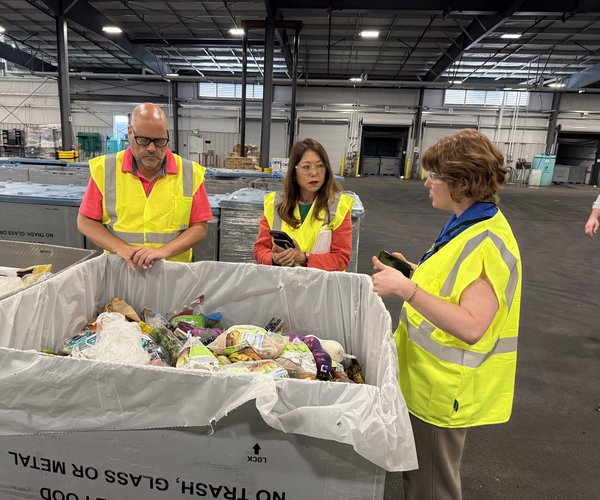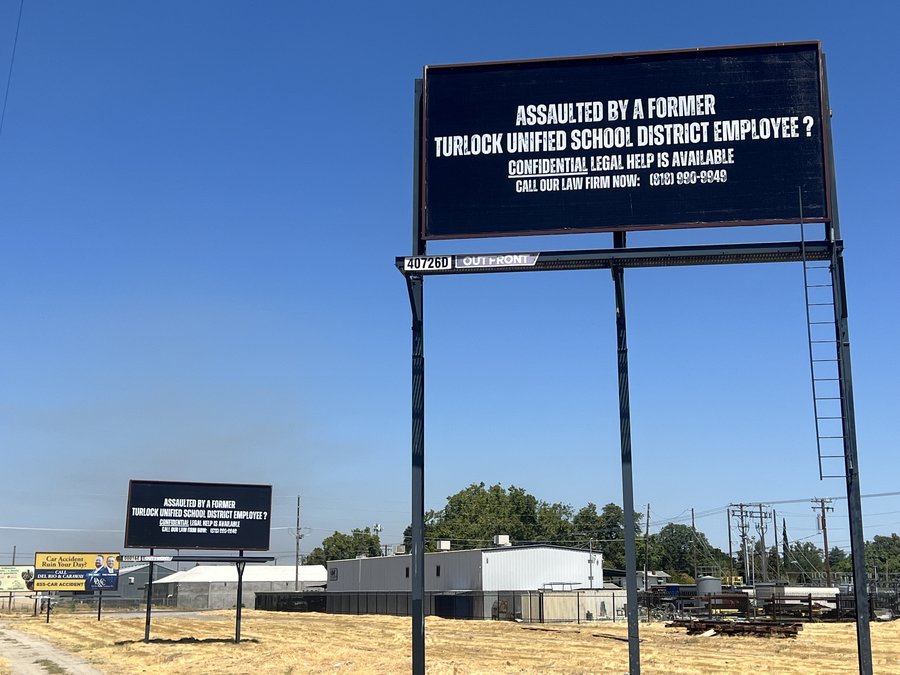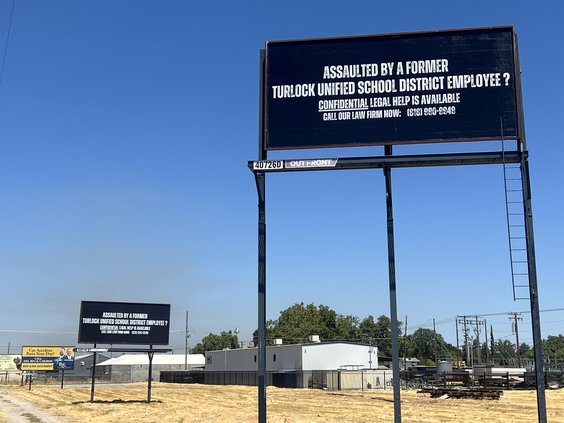Rising employment rates, and increasing consumer confidence and wealth are slowly bringing the Valley economy out of recession — and the positive trend is forecast to continue through 2015.
According to the most recent San Joaquin Valley Business Forecast Report published by Dr. Gke Soydemir, the Foster Farms endowed professor of business economics at California State University, Stanislaus, the valley’s economy continues to show signs of improvement that will continue over the next two years.
For the past three years, Soydemir has provided an analysis of past, current and future trends in the San Joaquin Valley economy, creating projections spanning from the beginning of 2014 to the end of 2015. In all of his reports, Soydemir forecasts a range, rather than an exact point, with the actual realizations expected to fall within the upper and lower bands of the forecasts.
Using realizations up to August 2013, Dr. Soydemir found that rising consumer confidence and wealth have helped increase the purchase of goods and services for individual or household use, resulting in a greater national demand for wholesale, manufacturing and farm-related goods from the Valley.
For the first time since the end of the recession, all eight counties in the San Joaquin Valley saw employment growth, with the Valley total employment average yearly growth registering at 2.5 percent. According to the report, the fastest employment growth in the Valley occurred in a farm-related sector – wholesale employment – followed by construction.
Should the Valley total employment continue to grow at the same pace that it has over the past two years, Soydemir says that employment levels that existed prior to the economic downturn are anticipated to be reached by the third quarter of 2015.
The rising consumer confidence and wealth has also translated into a rise in home values. Bouncing back from record lows, home values in the Valley increased more than 20 percent in 2013, with the most visible improvement being found in single-family building permits which registered a 37 percent yearly increase.
“Single-family building permits displayed a very steep positive trend in 2013. The yearly increase in 2013 was phenomenal, at 37.9 percent,” said Soydemir in his report. “This growth was three times the growth observed in 2012, at 9.64 percent, which was already a very high figure since the recession.”
While employment is rising, wages are not keeping up with inflation. According to Soydemir, lagging wages are a sign of lingering excess supply in the labor market that can lead to lower wages and salaries relative to the state and nation. Slower inflation rates also took an effect on weekly wages in the Valley.
“With inflation rates remaining lower than anticipated, weekly wages are likely to grow at a slower pace,” said Soydemir. “The 2012 weekly wage growth had not kept up with inflation. This pattern continued in 2013. The average weekly wage increase was very negligible in the Valley at 0.08 percent, while inflation was at 1.59 percent. Valley residents realized a decline in their purchasing power when inflation registered more than the growth in average weekly wages.”
Potential investors can find plenty of business opportunities in leisure and hospitality services, as hotel occupancy rates in the Valley remained high with employment in those areas continuing a positive increase of 2.13 percent in 2013. Valley leisure and hospitality services employment is projected to grow at an average annual rate of 3.06 percent in 2014 and 2015.
Retail employment, however, took a fall in 2013, which Soydemir attributes to lagging wages in the Valley alongside a depressing demand for retail goods. Unlike wholesale employment, retail employment is not currently a sector in which the Valley has a competitive advantage. Since the recession, wholesale employment has continually added an additional 0.5 percent to its growth, with the annual average yearly growth projected to materialize around 4.84 percent over the next two years.
“The Valley economy made additional progress toward attaining the levels that existed before the recession,” said Soydemir. “All counties posted positive growth in total employment for the first time since the recession, with Merced and San Joaquin counties growing most in 2013.”
According to the report, employment in Fresno, Kern, Stanislaus and Tulare counties grew less than the state’s rate. With rising home values continuing to increase consumer wealth and confidence, the housing sector is projected to push beyond rising home prices and interest rates. Although improvements in the housing sector maybe dampened in 2014, Soydemir says that the Valley’s economy is expected to continue progressing towards positive trends.
“While much improvement is needed, the Valley economy gathered momentum in the past two years,” he said. “In the worst-case scenario, 2014 and 2015 projections show that the Valley economy will maintain the same momentum gain as in the previous year.”









